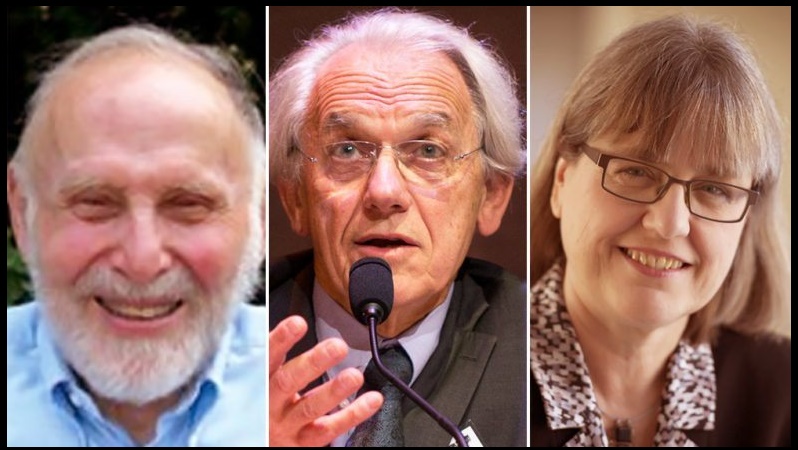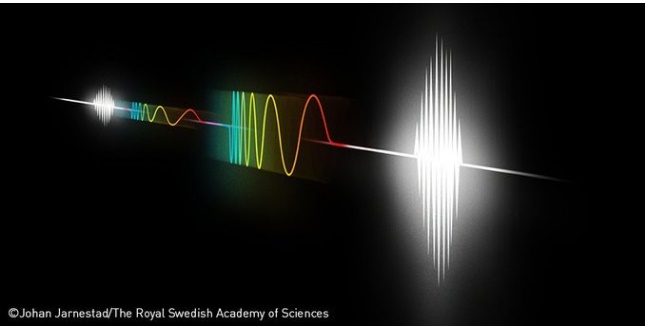Tools have always been the driving forces for human evolution, for the development of science and technology, and this year's Nobel Prize in Physics was awarded for the development of a new tool. Not a tool made with materials, but a tool made with light.
To eliminate the physical and technological limitations of making "tweezers" materials to manipulate microscopic objects or living things like bacteria, one of the 2018 Nobel Prize-winning scientists in Physics has developed "tweezers" made of light, more precisely made of LASER rays .
Arthur Ashkin, researcher at Bell Laboratories (in Holmdel, USA), received the award for his work with “optical tweezers and their application to biological systems”.
Gérard Mourou, professor at the Polytechnic School of Palaiseau (France), and Donna Strickland, researcher at the University of Waterloo (Canada), received the Nobel for developing the “method to generate ultra-short, high-intensity optical impulses”.
For the Royal Swedish Academy of Sciences, the inventions that have now been distinguished revolutionized the field of Laser Physics. The tools created by two different research groups allow you to handle extremely small objects, perform very detailed actions, see details of the size of atoms and do all this quickly and very precisely.
Donna Strickland is the first woman to receive the Nobel Prize in Physics in the past 55 years.




















Comments